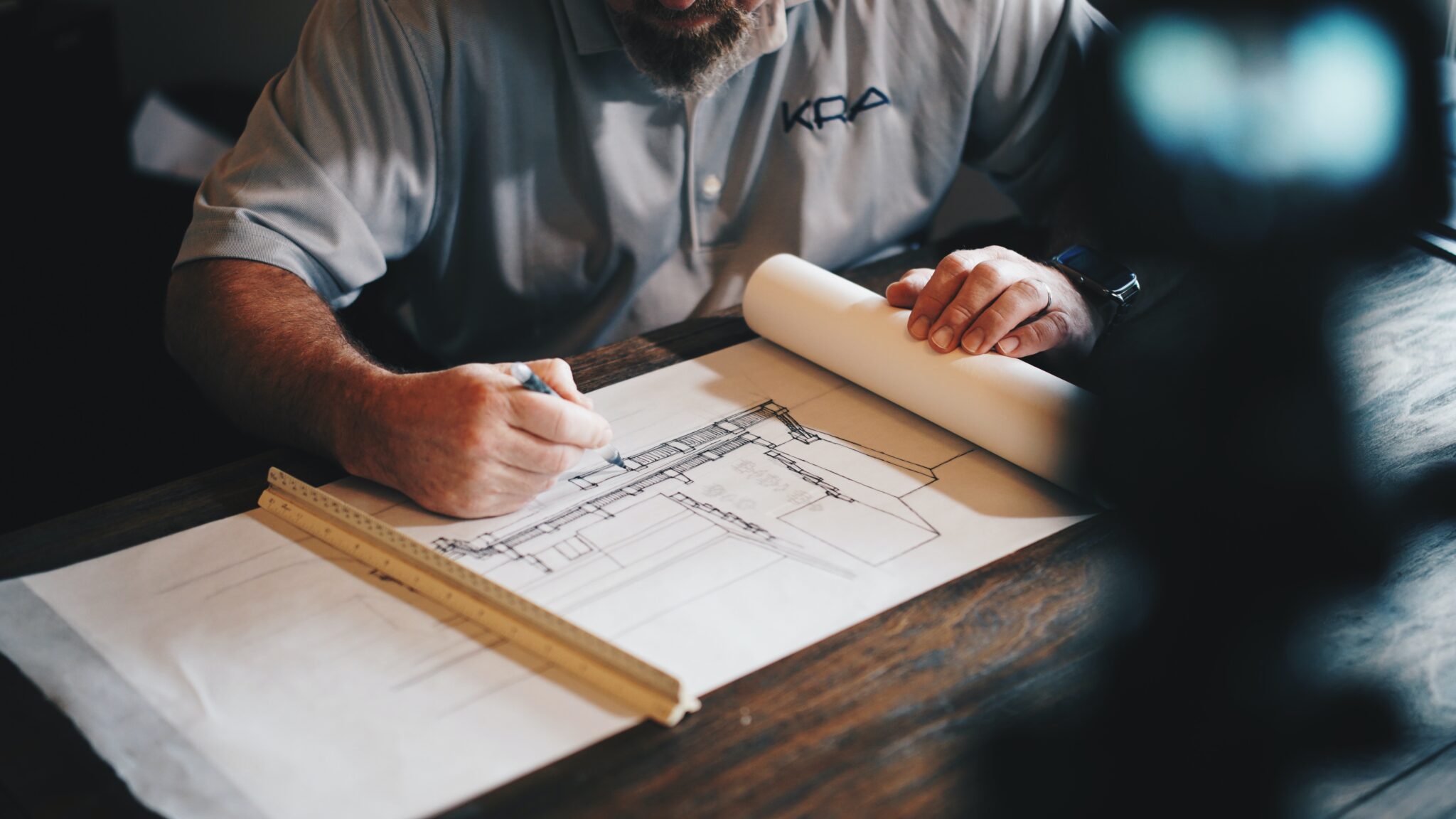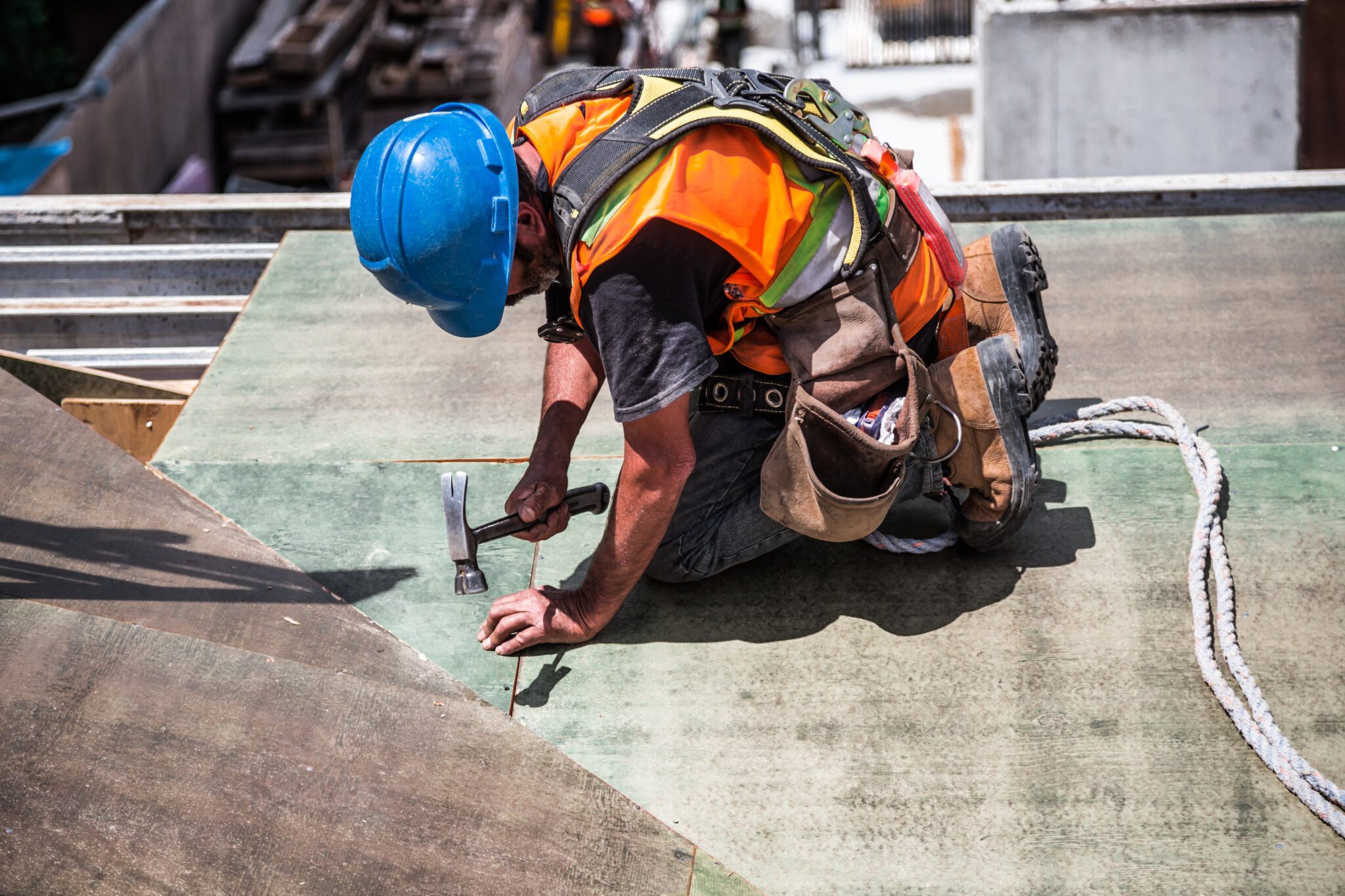
Unlock Your Home’s Hidden Past: The Ultimate Guide to Finding Your House’s Blueprints
Your home is more than just a structure; it’s a place where memories are made and dreams are realized. Whether you’re planning renovations or repairs or want to preserve the historical significance of your house, having access to its blueprints is essential. However, finding these blueprints can be daunting, especially for older homes where records may be scarce or hidden. In this comprehensive guide, we will explore the various avenues you can pursue to unearth the blueprints for your home, helping you embark on your journey with confidence.
Exploring Official Channels
When embarking on the journey to find the blueprints of your home, it’s essential to explore official channels that may hold valuable records. Among these, the following avenues are key:
Local Building Department/Archives
The local building department is a central repository for building permits and plans within your community. To access these invaluable records, consider the following steps:
- Inquire about Blueprint Availability: Contact the local building department or archives. Inquire about the existence and availability of blueprints for your specific property. They may have detailed plans of your home, especially if it underwent significant construction or renovation.
- Understand Associated Fees: Obtaining copies of blueprints may come with associated fees. Inquire about the cost structure for accessing these records. Understanding the financial aspect is crucial in managing your budget for the search.
- Online and In-Person Approaches: Utilize a combination of online resources and in-person visits for maximum efficiency. Some municipalities may offer online databases or digital records, while others may require you to visit their physical location. Explore both options to ensure you cover all bases in your quest.
Real Estate Sales Agents
Past sales of your property can often provide valuable insights and access to blueprints. Here’s a systematic approach to engage real estate sales agents:
- Contact Relevant Agents: Reach out to the real estate agents who were involved in previous transactions of your home. They may have insights into the property’s history and documentation.
- Polite Request for Information: When contacting these agents, approach them courteously and respectfully. Politely request any information, documents, or blueprints they may possess related to your home. Explain your purpose for seeking this information and highlight its importance.
Local Inspectors/Assessors/Building Officials
Local inspectors, assessors, and building officials often have access to a wealth of archived plans and records. Here’s how to make the most of their potential resources:
- Initiate Contact: Contact these local authorities, explaining your quest to find your home’s blueprints. They are likely to know the historical records available within the community.
- Follow Guidelines and Procedures: Inquire about any guidelines or procedures they have in place for obtaining relevant documents. Some jurisdictions may have specific protocols for accessing archived building plans, and it’s essential to adhere to these to streamline your search.
By thoroughly exploring these official channels, you increase your chances of unearthing the blueprints that hold the key to understanding your home’s architectural history and layout. Each avenue offers a unique perspective on your property’s past, making them valuable components of your blueprint search strategy.

Alternative Avenues of Investigation
In your quest to discover the blueprints for your home, it’s essential to cast a wide net and explore alternative avenues of investigation. These unconventional sources may provide invaluable insights into your home’s history and layout:
Neighbors with Similar Homes
You may be in luck if your home shares a similar architectural style with neighboring properties. Like-minded neighbors can be a valuable resource in your quest for blueprints. Here’s how to approach this avenue:
- Initiate Conversations: Start by initiating conversations with neighbors with homes similar in style or age to yours. Building a friendly rapport is critical.
- Inquire About Blueprints: Politely inquire whether they can access blueprints or any historical documentation related to their homes. Explain your interest in discovering your home’s history.
- Reciprocal Offer: In the spirit of goodwill, offer to share any information or resources you may have regarding their homes in return. This joint approach can encourage neighbors to assist you in your search.
Fire Insurance Maps
Historical fire insurance maps can serve as hidden treasure troves of information about building layouts and structures in your area. Here’s how to utilize them:
- Research Accessibility: Research where historical fire insurance maps for your locality might be accessible. Local libraries, historical societies, or archives may hold these records.
- Study Closely: Once you locate these maps, study them closely. Pay attention to the details and layouts of structures in your neighborhood, including your property.
Local Historical Society Archives
Local historical societies are often repositories of invaluable historical plan books and photographs that can shed light on your home’s past. Here’s how to tap into this resource:
- Research the Local Historical Society: Identify and research your area’s local historical society or organization. They are likely to have archives containing historical records and documents.
- Inquire About Access: Contact the historical society and inquire about the process for accessing their resources. Many societies welcome interested individuals and may offer guidance on exploring their archives.
Archived Newspapers/Real Estate Advertisements
Old newspapers and real estate advertisements from the past can provide surprising insights into your home’s history and potential blueprints. Here’s how to utilize these sources:
- Search Digital and Physical Archives: Investigate digital and physical archives of old newspapers and real estate advertisements. Local libraries, historical societies, and online databases can be valuable resources.
- Look for Mentions of Your Home: Search diligently for any mentions of your home’s plans, construction, or historical significance. These sources may contain hidden gems of information.
Online Resources
The internet offers a wealth of resources dedicated to historical building plans. Here’s how to make the most of these online avenues:
- Explore Specialized Websites: Look for websites specializing in historical building plans and architectural documentation. There are numerous online resources dedicated to this niche.
- Utilize Specific Search Terms: When exploring these websites, use specific search terms related to your home’s style, address, or historical context. This targeted approach can yield more relevant results.
- Follow Guidance: Follow any guidance or instructions on these websites for conducting effective searches. These platforms often offer tips to streamline your quest.
By delving into these alternative avenues of investigation, you expand your toolkit for uncovering the elusive blueprints of your home. Each of these sources has the potential to provide unique and valuable information, bringing you closer to unraveling the architectural history and layout of your cherished property.

Seeking Professional Assistance
When searching for your home’s blueprints becomes challenging, seeking professional assistance can be a strategic move. These experts possess specialized skills and knowledge that can significantly enhance your quest:
Genealogists/Architectural Historians: Genealogists and architectural historians are adept at navigating historical records and uncovering hidden information about properties. Here’s how they can assist you:
- Expertise in Historical Records: Genealogists and architectural historians have extensive experience researching historical records and documents. They know where to look and how to interpret the information they find.
- Unearthing Hard-to-Find Information: Their expertise extends to tracking down elusive details, including blueprints, that may be buried deep within archives or historical documents.
- Consider Hiring Them: If your search for blueprints has hit a dead end, seriously consider hiring a genealogist or architectural historian. They can bring a fresh perspective and a wealth of knowledge to your quest.
Architects/Home Inspectors: Architects and home inspectors have the skills and capabilities to analyze your house and, if necessary, create new plans. Here’s how they can be valuable:
- Professional Assessment: Architects and home inspectors can thoroughly assess your home’s structure, layout, and condition. They can create detailed documentation that serves as a blueprint for your property.
- Adapting to Your Needs: They can adjust their services depending on your specific requirements. Whether you need a comprehensive assessment or just a few details, they can tailor their approach to your needs.
- Cost-Benefit Analysis: Before hiring architects or home inspectors, evaluating the costs and benefits is essential. Consider the scope of work required and weigh it against the potential benefits of having accurate, up-to-date plans for your home.
By considering these professional avenues, you gain access to individuals who are skilled at unraveling the mysteries of your home’s history and structure. Their expertise can save you time, provide clarity, and ensure that you have the most accurate and comprehensive documentation for your property, whether that involves finding historical blueprints or creating new plans to guide your future renovations and projects.
Additional Considerations
In your pursuit of uncovering the blueprints for your home, it’s crucial to take into account several additional considerations that can influence the feasibility and success of your search:
Age of Your House
The age of your home can significantly impact the availability of formal blueprints. Older homes, in particular, may not have easily accessible records. Here are important considerations for such properties:
- Lack of Formal Blueprints: Understand that older homes may need formal blueprints, especially those constructed several decades or centuries ago. Architectural documentation practices were less standardized in the past.
- Research Building Practices: To gain insight into your home’s layout, delve into the typical building practices of the era when it was constructed. This historical research can provide clues about that time’s architectural norms and design trends.

Gathering Information
Efficiency in your blueprint search depends on collecting and organizing all available information about your home. Take these steps to create a comprehensive search strategy:
- Document Your Home’s Details: Begin by noting down essential details about your property. This includes your home’s full address, any known information about the builder or architect, and a comprehensive list of renovations, modifications, or historical changes made to the structure over the years.
- Photographic Documentation: Gather photographs of your home from various periods. These visual records can be instrumental in understanding its evolution and layout.
- Maintain a Log: Create a log or digital document to systematically record your findings, including leads, contacts, and the outcomes of your search efforts. This organized approach will help you track your progress and avoid duplication.
Persistence and Patience
The search for blueprints can be a test of your perseverance, but maintaining patience and persistence is critical to success:
- Challenges of the Search: Acknowledge that searching for blueprints, especially for older homes, can be challenging. Records may be scattered, incomplete, or even lost over time.
- Stay Persistent: Stay committed to your quest despite setbacks or dead ends. Each avenue explored, and each contact made can bring you closer to your goal.
- Explore All Available Avenues: Be open to exploring various resources and avenues, even if they seem unconventional. The more angles you approach, the higher the likelihood of finding the information you seek.
Incorporating these additional considerations into your blueprint search strategy will help you navigate the unique challenges posed by the age of your home and the inherent complexities of historical record-keeping. By staying diligent, organized, and resilient, you increase your chances of successfully uncovering the blueprints that hold the key to understanding and preserving the heritage of your cherished property.
Conclusion
In your quest to find the blueprints for your home, remember that each avenue you explore brings you one step closer to uncovering the secrets of your beloved abode. By following the guidelines and resources outlined in this comprehensive guide, you empower yourself to embark on a rewarding journey of discovery. Your home’s blueprints are not just technical drawings; they link to its history and a foundation for its future. So, be persistent, explore all available channels, and keep the spirit of curiosity alive as you unlock the blueprints that will guide your home’s story for future generations.

Jason Somers, President & Founder of Crest Real Estate
With over 15 years of professional experience in the Los Angeles luxury real estate market, Jason Somers has the background, judgement and track record to provide an unparalleled level of real estate services. His widespread knowledge helps clients identify and acquire income producing properties and value-ad development opportunities.
Learn more about Jason Somers or contact us.



